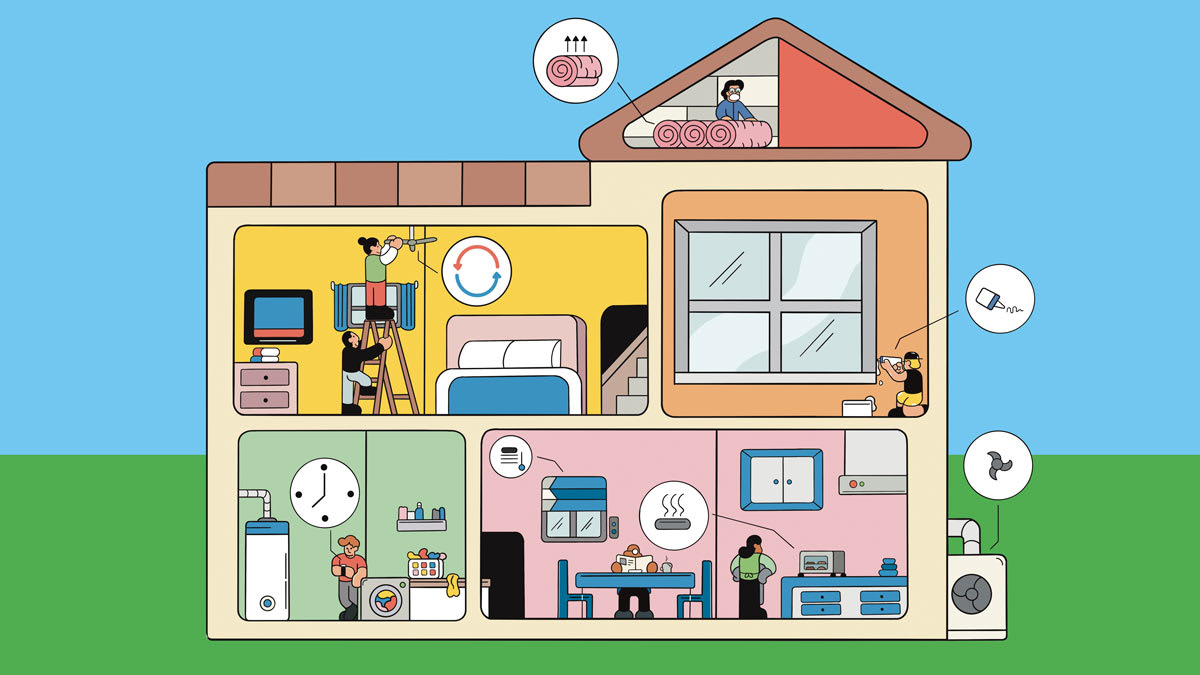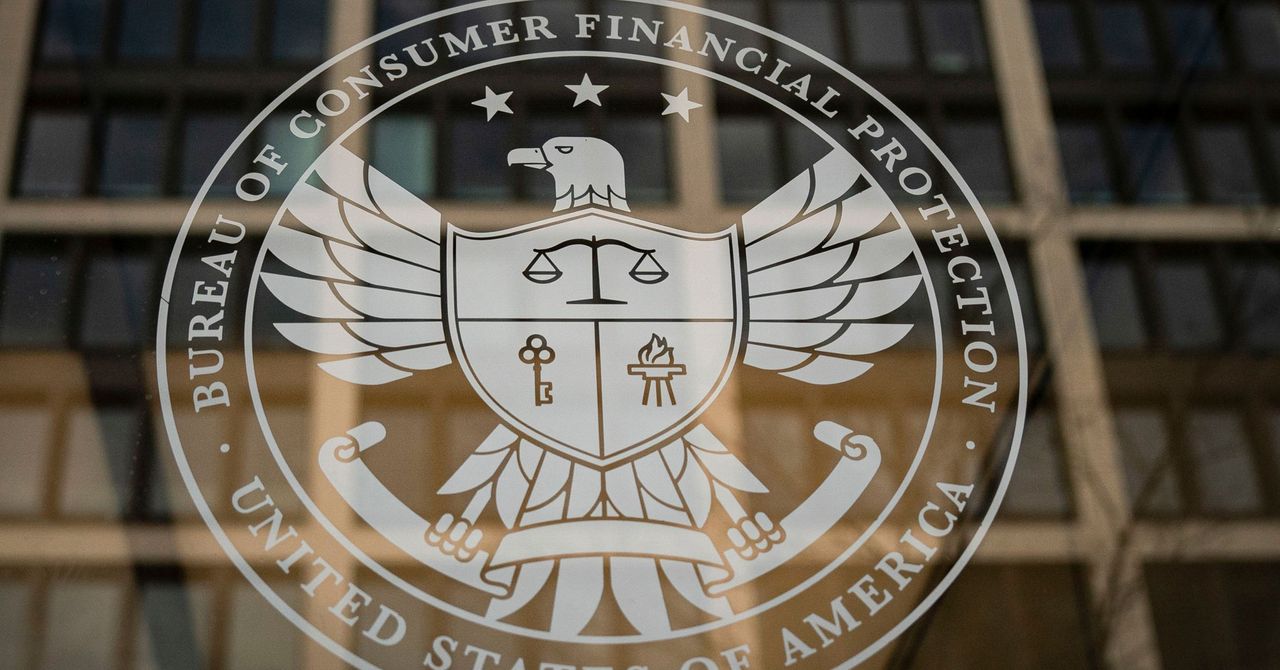
Utilities and nonprofits often provide audit services for free. Rhode Island Energy, for instance, offers a free in-home audit to eligible customers. In Iowa, the federally sponsored Green Iowa AmeriCorps does the same for state residents. When there’s a cost—between $200 and $700, according to Angi, the home-services marketplace—you can offset it with a tax credit of 30 percent, worth up to $150.
Shop around for better prices. You may not be getting the best deal on electricity. If you live in a state that allows you to choose among energy suppliers, it’s worth comparing their rates regularly and switching when you find a better one.
Make sure you understand the cost breakdown of your current energy bill and have competitive rates from other suppliers on hand. Some companies offer promotional prices to switch. Just be aware that these will rise at the end of the promotional period, so they probably won’t help you save forever.
If you successfully knock your rate down by 1 cent per kilowatt hour, you could save about $108 per year, CR estimates. Also look for hidden discounts or rebates and other incentives for, say, signing up for online billing or auto-payments or for buying energy-efficient appliances. ConEd in New York, for example, has a rebate program that allows you to earn $85 toward your energy bill when you install an eligible smart thermostat.
Time your appliance use to avoid peak electric rates. Some utilities charge higher electricity rates when demand peaks, such as midday when air conditioner use is typically highest or in the evening when people return from work. Then the companies drop rates when demand dips.
Customers often need to opt in to these so-called “time-of-use” plans through their utility. You can cut costs by enrolling and then running appliances—your washer and dryer, for example—at off-peak hours.
If you signed up for ConEd’s time-of-use plan in the New York metro area and kept 75 percent of your electricity usage to off-peak hours, you could save nearly $200 during the four warmest months compared with using a standard plan.
But beware: If you commit to one of these plans, you’ll need to closely monitor the hours when you’re consuming the most energy. You could end up paying more if you run appliances and other electric devices during peak and super-peak hours.
Whether or not your utility offers a time-of-use plan, set your thermostat to a slightly less-cooled temperature during summer peak hours. You’ll save money and your air conditioner won’t have to work as hard.
Take advantage of solar power—without panels on your roof. Community solar projects generate electricity from nearby solar arrays and sell it to the electric grid. If you subscribe to one, you get credits to your electric bill, which can save 5 to 15 percent annually, according to the nonprofit Rewiring America. That’s $81 to $243 a year, based on EIA data. Some community solar projects don’t charge a subscription fee.
Search online for “community solar” or find a local project at EnergySage’s Community Solar Marketplace.
If you don’t see an available project, check again later. Projects close to new applicants once they reach a certain number of subscribers, but new ones form regularly.









